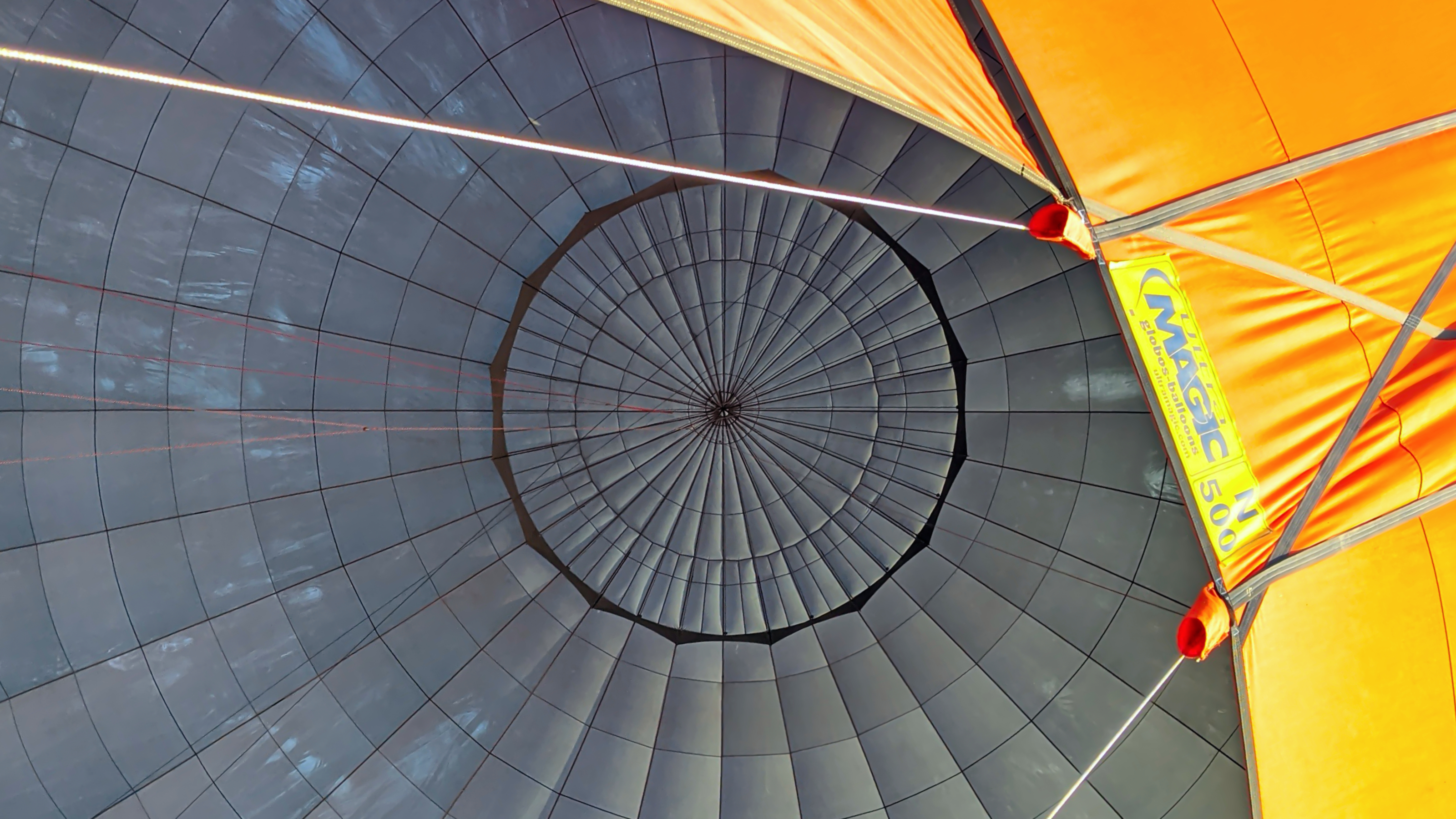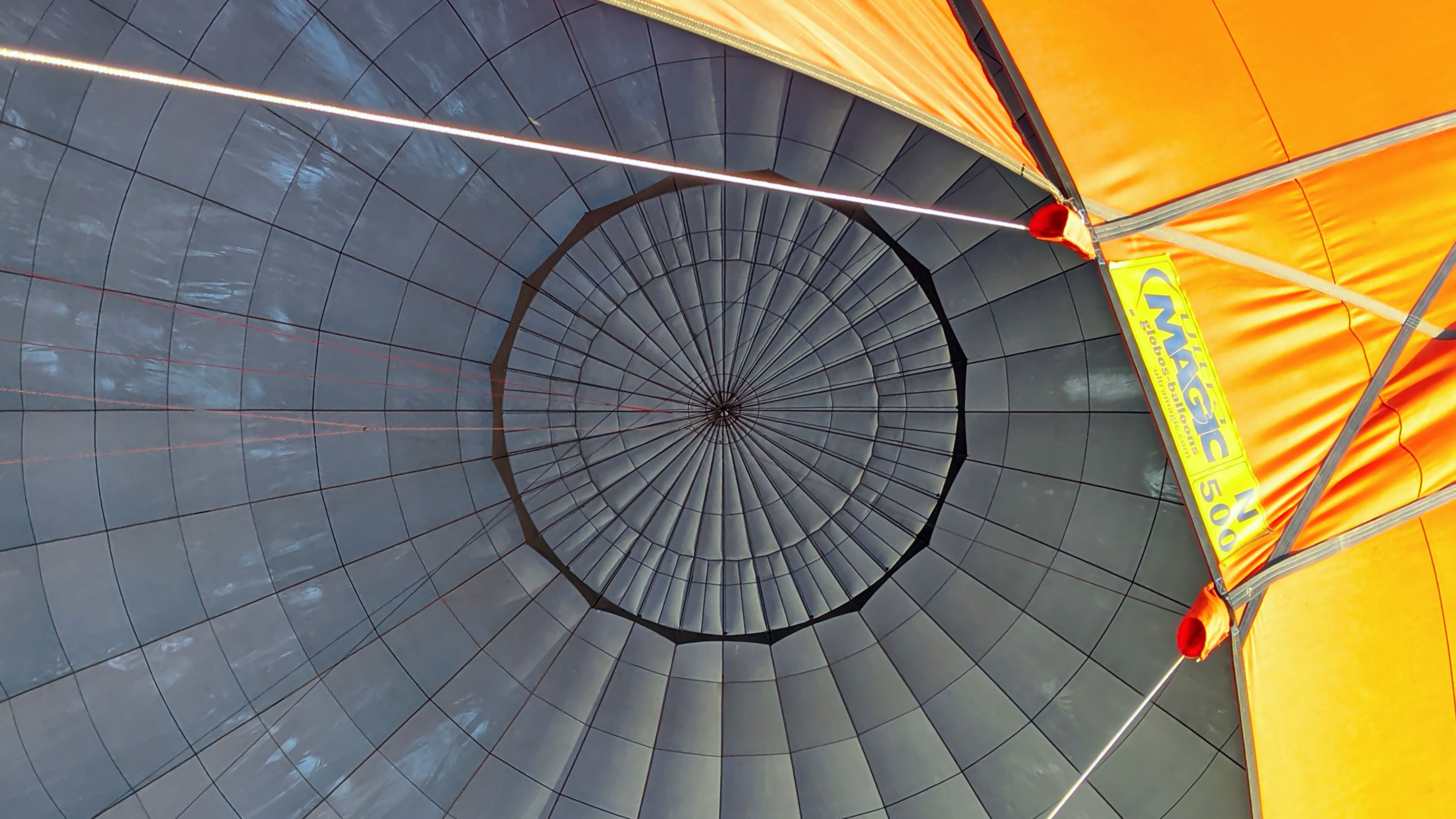Demoscene
Demos are artifacts of the human desire to showcase digital creation skills, including programming. Demoscene is the niche subculture where programmers, designers, and musicians work together to produce demos. They compete at events and distribute their work for free.
I was part of two demo groups, Resident and Deviance, and I made the demos listed on this post. I want to introduce this world by going through my demography. Yes, I know that demography means something else.
Nested
Nested is my first serious attempt at making a demo. It features basic 3D. There is scenery, camera motion, transitions, fog, shadow, and more complicated volumetric effects.
Nested is size restricted to 64 kibibytes. For comparison, this post is 9 KiB before the images, and the video for Nested is 30 MiB, which is five hundred times as big.
Three minutes of graphical animation under 64 KiB is achieved by procedural generation of 3D models, textures, and camera paths. The soundtrack is a tracking file, and the images use custom fitted formats. Finally, the executable file is a compressed package that decompresses itself when run.
Nested is my first software project which has a scale that exceeds one source file. It has around forty. However, it was not my project with the largest number of lines by that time. I was a big fan of gigantic single file coding and I think the style should be more popular.
Find reviews for Nested on Pouët.net.
Caret
Caret is my best effort. It has all the required ingredients for a good demo. It has a catchy tune, matching choreography, as well as cool visuals which are not limited to wormholes, cubes, and fractals. However, the party trick of Caret is that it runs on the Windows command-line prompt.
The whole project took three months and four people to complete.
Find reviews for Caret on Pouët.net.
Terapi
Easy it is to assume that nobody has time to make an animation that fits into 64 KiB. But allow me to introduce you to the wonderful world of 256-byte demos. Terapi is the result of my interest in assembly programming, which is programming with the bare instruction set of the CPU.
Terapi takes less space than the previous paragraph on disk.
Find reviews for Terapi on Pouët.net.
Elektroensefalogram
Elektroensefalogram is a simple effect I implemented with x86 assembly and released outside a competition. My main motivation for making it was how cool the word electroencephalography sounds.
Windows XP is the last version of Windows that can run tiny demos like Terapi and Elektroensefalogram. Emulators exist to make life more bearable for the people who like them.
Find reviews for Elektroensefalogram on Pouët.net.
Digital Paper
I assume that anyone who has read this far is familiar with demoscene. If not, things will get weirder for the reader. As if that were a missing ingredient.
Before papers, magazines were distributed with disks. That’s not correct, but the point is that people used to distribute magazines on floppy disks. One would get a magazine disk, insert it into the disk drive, run the program inside the disk, and read articles that the code displayed.
Worldcharts was a magazine that was distributed as a disk image for Amiga computers. I made a small demo, called Digital Paper, to promote its upcoming issue in 2006. That upcoming issue was never released. Even today, people make and distribute other disk magazines.
Find reviews for Digital Paper on Pouët.net.
Mission Completed Cracktro
In the early days of personal computing, a group of programmers made and sold software. Another group of programmers removed copy protection from that software and redistributed it for free. This latter effort was known as software cracking.
The software crackers, keen on getting themselves attributed on their releases, added their handles and notes to the programs they cracked. The original copy of the software introduced the original makers of the program, whereas the cracked copies would introduce the crackers.
Over time, the intro parts became more and more involved through an arms race of programming between cracking groups. People started adding animations that became a showcase of their skills, at times eclipsing the cracking effort itself. They would try to one up each other on how certain visual effects are implemented. Demoscene finds its roots in this competition between cracking groups.
The cracking groups continue to exist, and they continue to make animations that go along with their releases. I made animations for the cracking group Deviance. Mission Completed is one of them.
Find reviews for Mission Completed Cracktro on Pouët.net.
Old Skool Cracktro
Hipsters strive to be authentic and unique by ironically executing what society finds classical and conformant. Demoscene has its hipsters, which take visual effects that were a challenge to make on 4 MHz computers and re-implement them on 2 GHz ones.
I became a hipster by making this other cracktro. The creative effort I made for this intro was less demanding than writing this section. However, the intellectual message of the intro goes beyond its medium.
Find reviews for Old Skool Cracktro on Pouët.net.
7D5 Invitation
Demo makers compete against each other in competitions. These competitions are part of events called demo parties, where sceners meet and talk about demos. Less than ten people can gather and make a demo viewing party. At the same time, the largest demo parties will host more than a thousand.
I made an invitation animation for a party called 7DX. 7DX ran annually from 2002 to 2014 in Istanbul, Turkey.
Invitros are meant to create excitement before the party, convince geeks to be bothered to go outside once a year, and challenge other programmers to make something at least better than the invitation itself. On all three accounts, I regard this invitation a great success.
Find reviews for 7D5 Invitation on Pouët.net.
7D7 Party Scroll
All software projects go over their deadline. Demos are no exception. When the deadline is an annual event that cannot be flexibly scheduled, the result is predictable. Sleepless hours coding the last parts of your demo while your buddy is sleeping under your desk is a common occurrence. This sacred ritual is called party coding.
Party organizers can be hipsters like the demo coders. 7D7 featured a competition that asked the attendees to do party coding for tradition. This scroller is what I came up with.
Find reviews for 7D5 Invitation on Pouët.net.
Revelation
There is party coding and there is someone handing you a device which you have never seen before and ask you to learn how to program it and make a demo for the party within a couple of hours coding. The result of the latter is not that good.
At least the soundtrack saves the day for this GP2X intro.
Find reviews for Revelation on Pouët.net.
Lame
This intro is the perfect place to end this chronology.
I met my friend Talha (flexi) on a web forum, even though we were attending the same high school at that time. We shared our interests in programming, math, music, and philosophy. Digital creativity is what I would call what we were into.
We hung out to write recreational code for sleepless days fueled by coffee and tea. At one point, we got into watching demos together and the urge to make them was not far ahead. After a period of scribbling, we made this little intro filled with simple 2D effects. The coder color charm is compounded with the catchy tune. The rest, we covered it earlier.
Find reviews for Lame on Pouët.net.
🅭🄍 This article is dedicated to the public domain under the Creative Commons CC0 1.0 Universal (CC0 1.0) license. You can copy, modify, distribute and perform the work, even for commercial purposes, all without asking permission.

